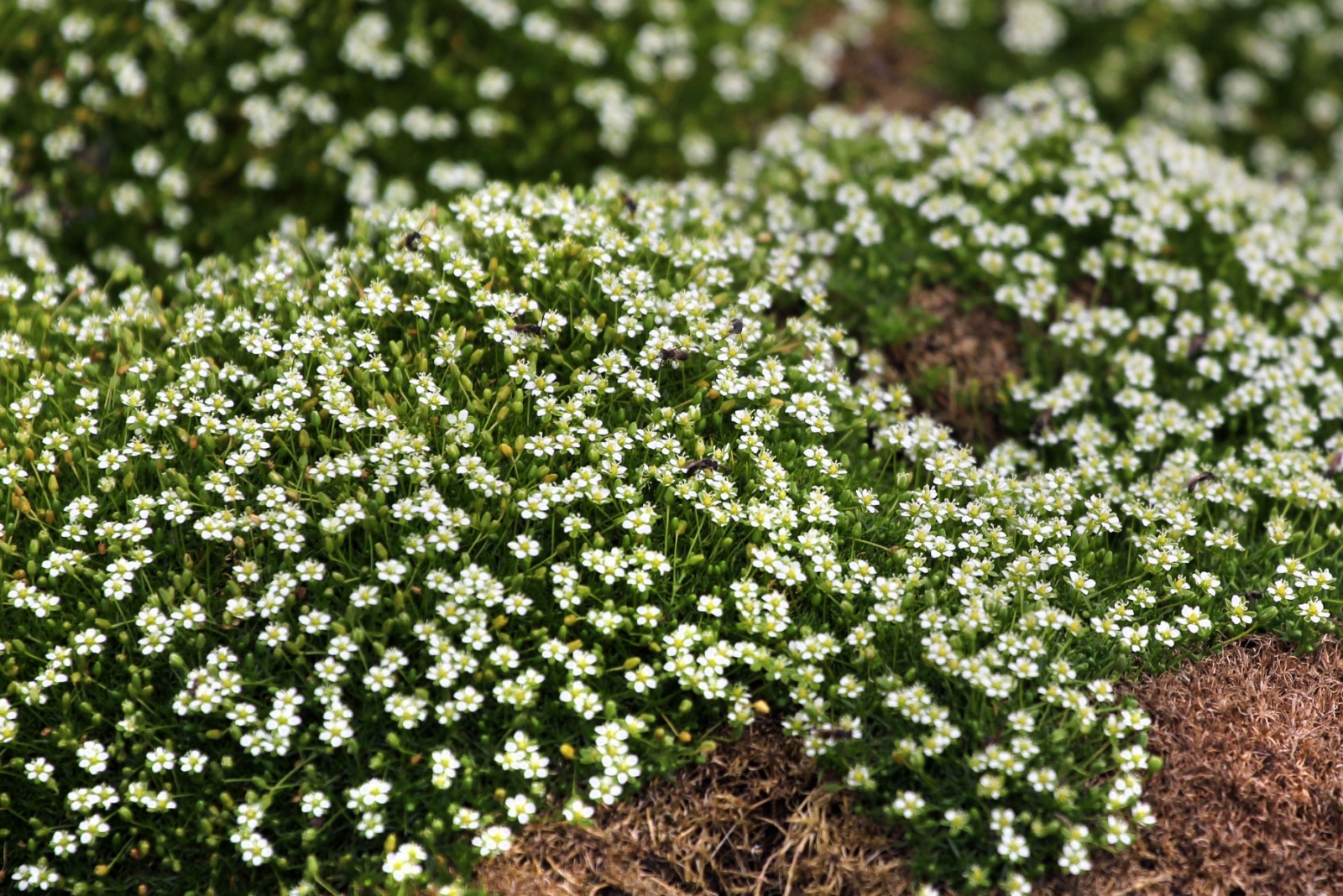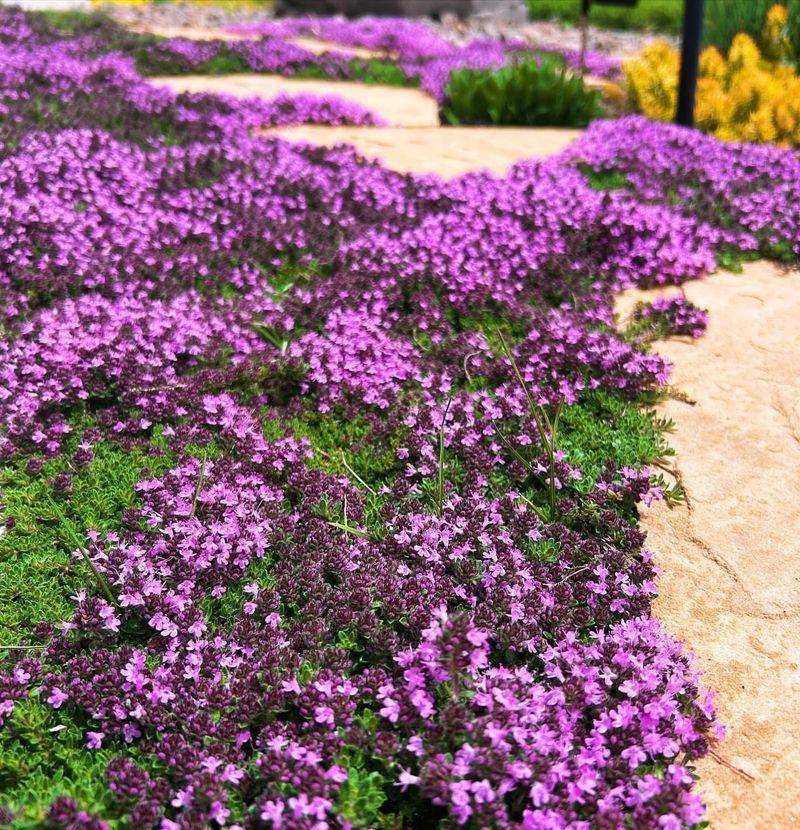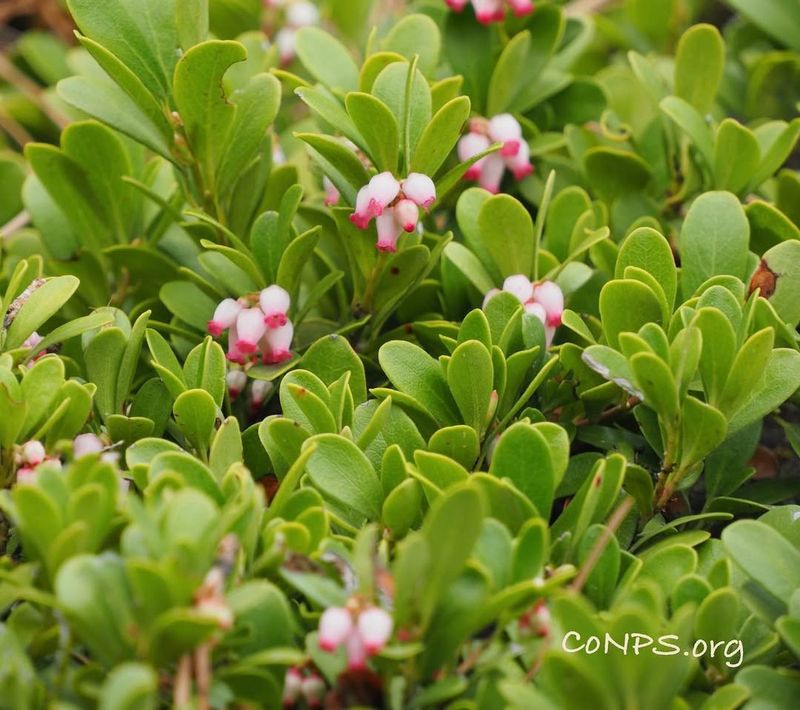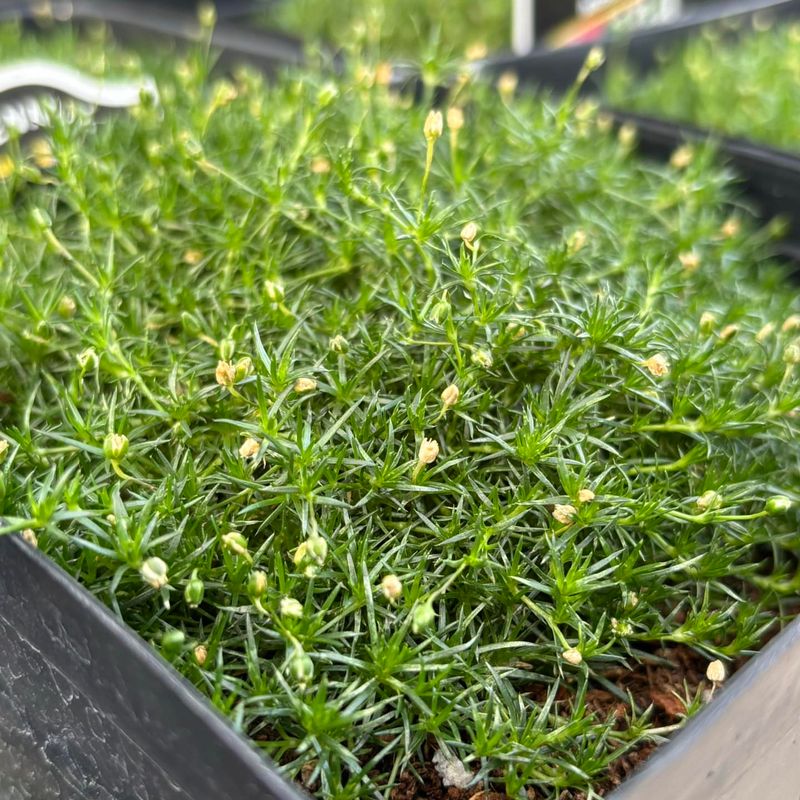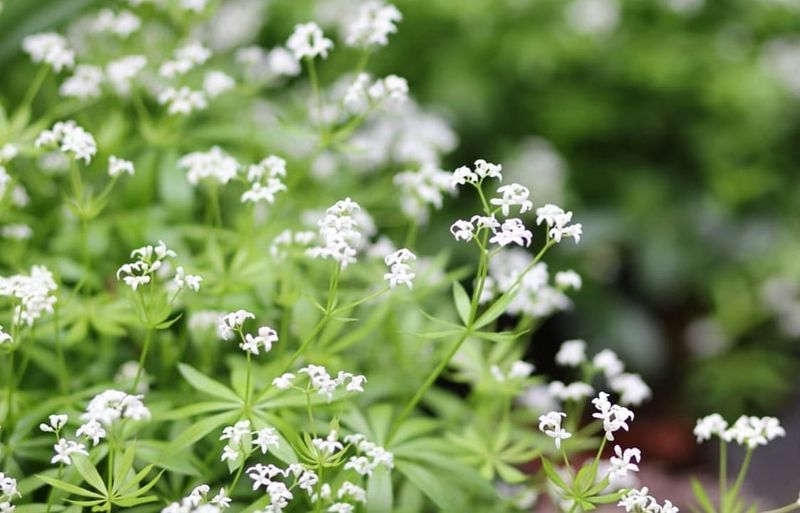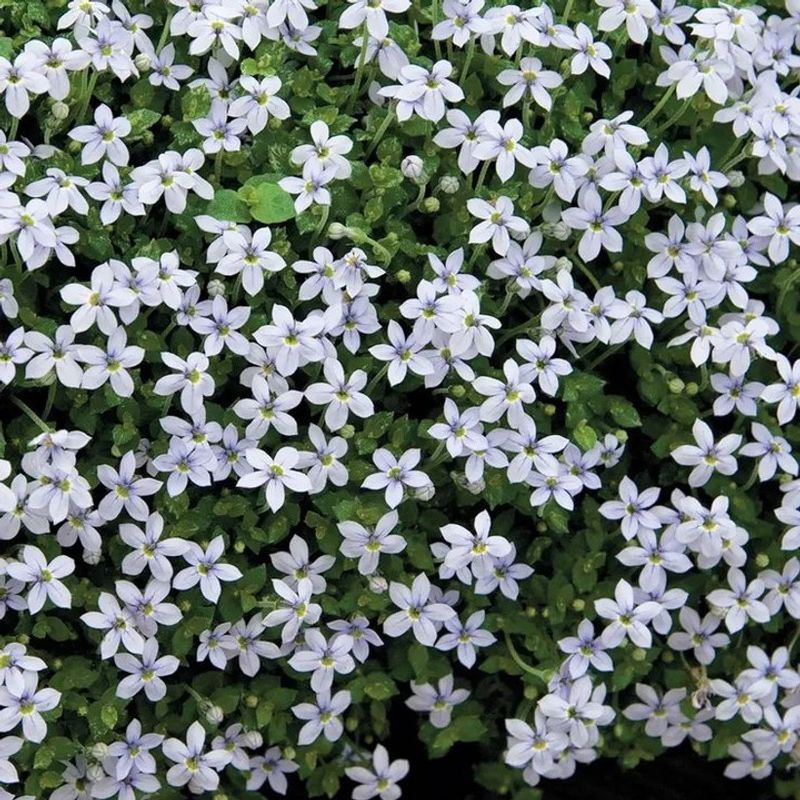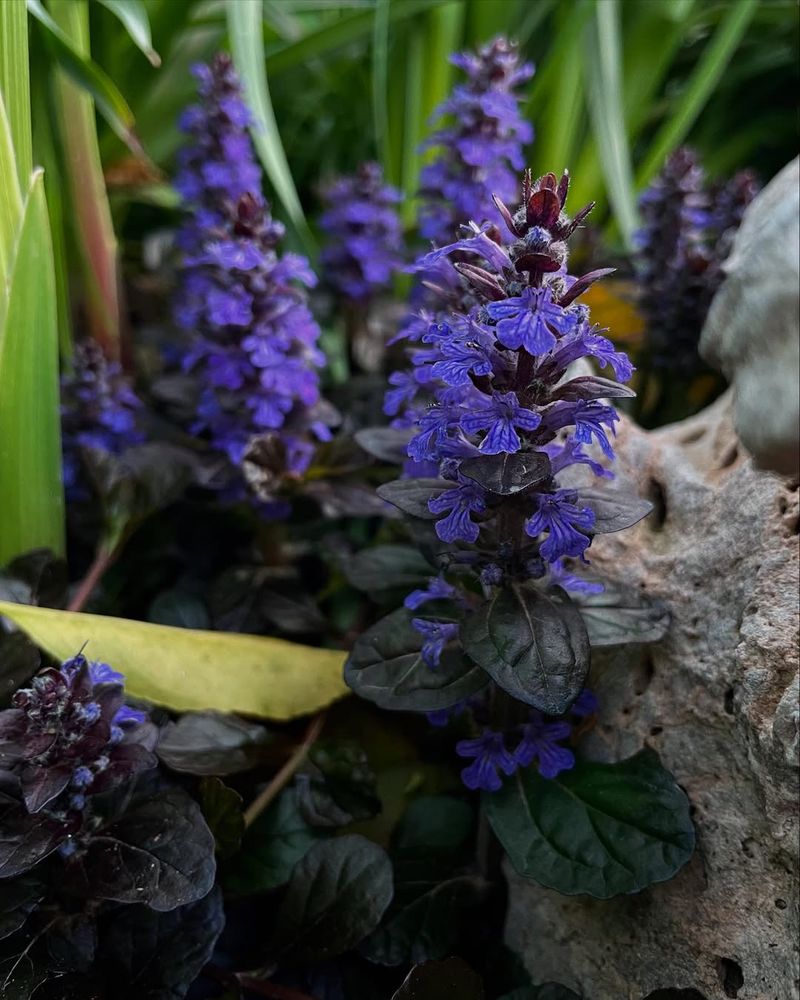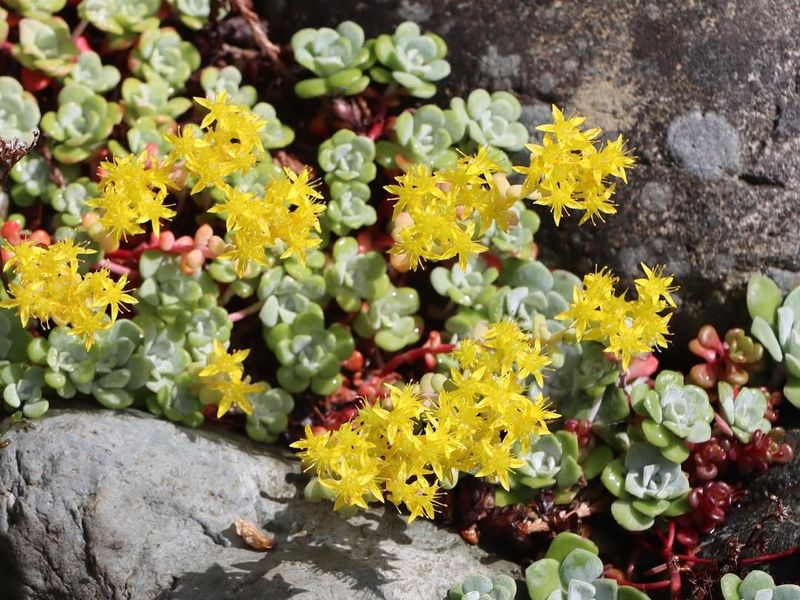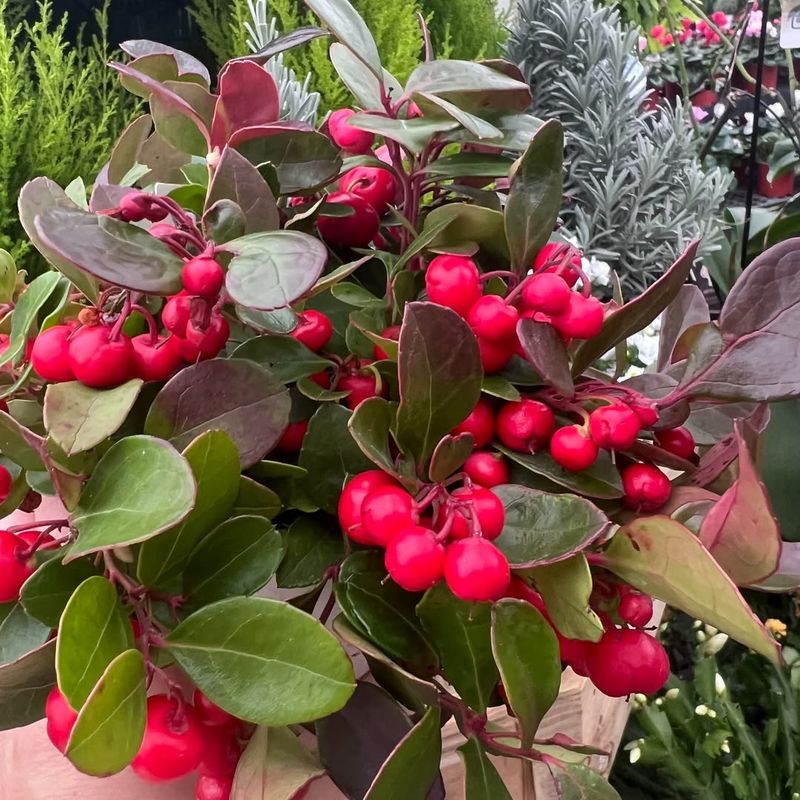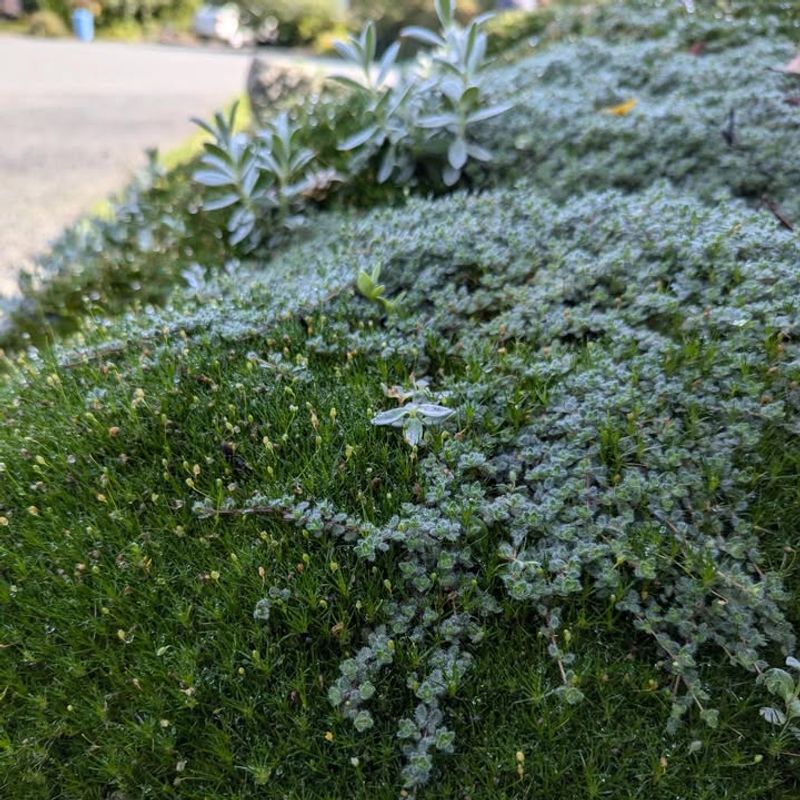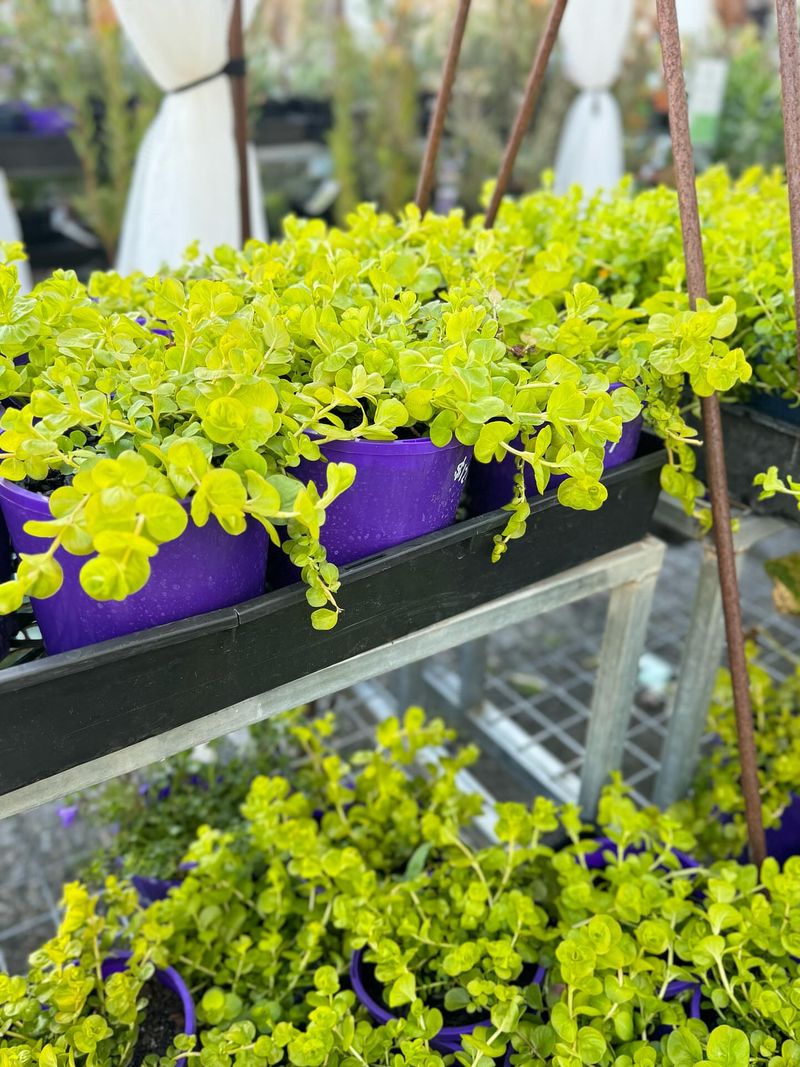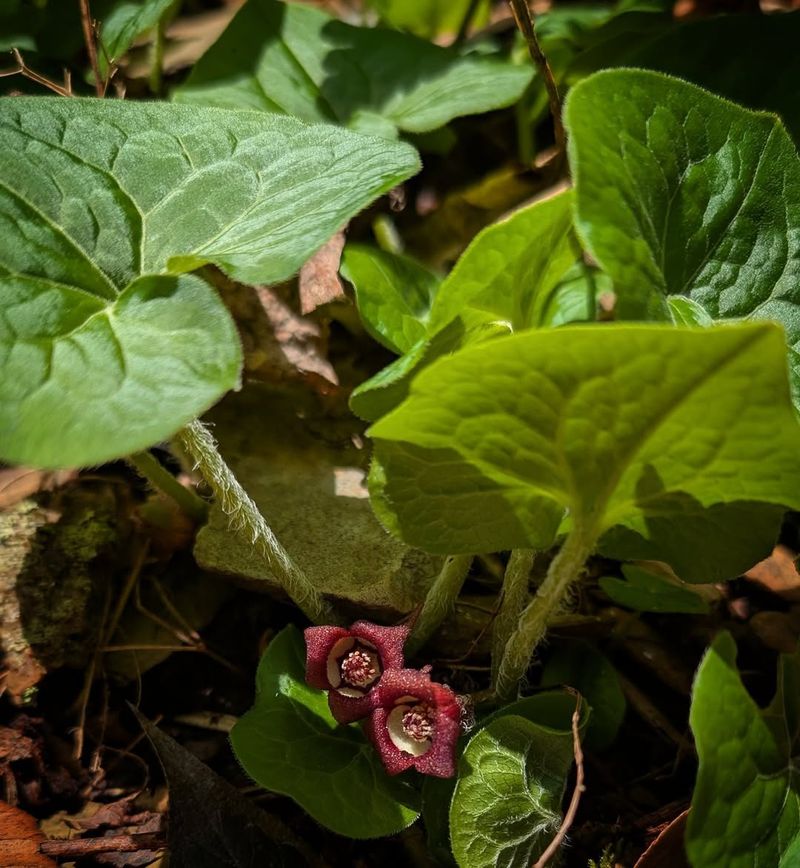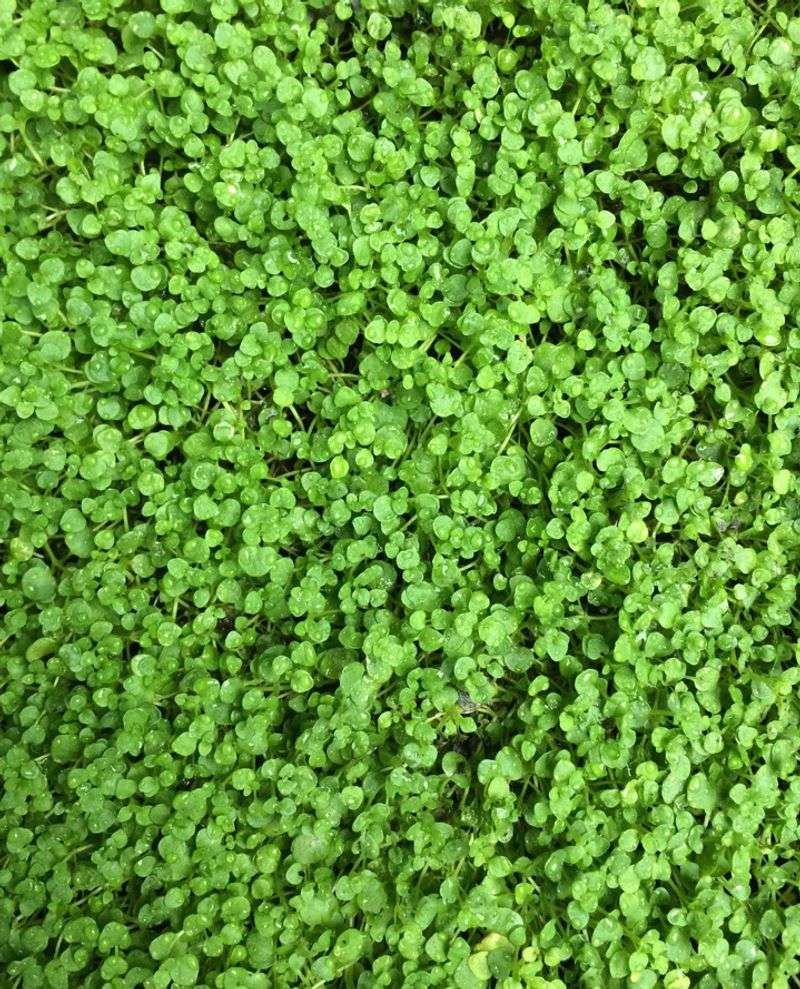Empty patches in your garden don’t have to stay bare and boring. Ground covers are low-growing plants that spread quickly to fill spaces, making your yard look full and healthy without much work.
They also help stop weeds from taking over and keep soil from washing away during Washington’s rainy seasons.
1. Creeping Thyme
Walking on soft, fragrant carpets sounds magical, and that’s exactly what creeping thyme offers. It releases a wonderful scent when you step on it and grows tiny purple or pink flowers in summer.
Perfect for filling gaps between stepping stones or covering slopes, it loves sunny spots. Washington’s mild climate suits it well, and it needs very little water once established, making maintenance super easy for busy gardeners.
2. Kinnikinnick
Native to the Pacific Northwest, kinnikinnick thrives in Washington gardens like it was born there—because it was! Its glossy green leaves stay beautiful year-round, and bright red berries appear in fall, attracting birds to your yard.
Drought-tolerant and tough, it handles poor soil conditions that would make other plants struggle. Slopes and rocky areas become lush green spaces with this hardy spreader that requires almost no fussing from you.
3. Irish Moss
Soft as a pillow and bright green, Irish moss creates a velvety lawn alternative that feels amazing underfoot. Tiny white flowers pop up in spring, adding delicate beauty to the emerald carpet below.
It tolerates light foot traffic and grows well in shady spots where grass refuses to thrive. Washington’s cool, moist conditions are ideal for this charming plant, which fills spaces between pavers and rocks with ease.
4. Sweet Woodruff
Shade-loving sweet woodruff transforms dark corners into fragrant, star-flowered wonderlands each spring. Its leaves smell like vanilla when dried, and gardeners have used it for centuries in teas and sachets.
Spreading rapidly under trees where grass won’t grow, it creates dense mats that choke out weeds naturally. The white blooms brighten gloomy spots, and Washington’s woodland conditions match its native European forest habitat perfectly.
5. Blue Star Creeper
Tiny blue flowers sprinkle across this low-growing wonder like stars in a green sky during late spring. Tolerating moderate foot traffic, it works beautifully between pavers and along pathways where you need something tough yet pretty.
Washington’s climate provides the moisture it loves, and it spreads quickly to fill bare spots without becoming invasive. Plant it once, and watch it create a magical carpet that stays green most of the year.
6. Ajuga
Bold purple flower spikes shoot up from ajuga’s colorful foliage each spring, creating stunning displays that last for weeks. Varieties come with bronze, purple, or variegated leaves that add interest even when flowers aren’t blooming.
Thriving in both sun and shade, it adapts to different garden conditions easily. Washington gardeners appreciate how quickly it fills empty spaces while staying low enough not to block other plants or views in the landscape.
7. Oregon Stonecrop
Succulent leaves store water like tiny reservoirs, making Oregon stonecrop incredibly drought-resistant once established. Bright yellow flowers cover the plants in summer, creating cheerful patches that pollinators absolutely adore.
Native to the region, it handles Washington’s dry summers and wet winters without complaint. Rocky areas, green roofs, and slopes become vibrant living tapestries with this tough, low-maintenance spreader that practically takes care of itself.
8. Wintergreen
Glossy leaves turn burgundy in cold weather, and bright red berries dangle like holiday ornaments through winter months. Crush the leaves, and you’ll smell the familiar minty scent used in gum and candies for generations.
Preferring acidic soil and shade, wintergreen thrives under evergreens where many plants fail. Washington’s woodland gardens become enchanting with this slow-spreading native that offers year-round beauty and delightful fragrance to boot.
9. Woolly Thyme
Fuzzy gray-green leaves feel soft and inviting, creating textured carpets that contrast beautifully with other garden plants. Unlike its cousin creeping thyme, woolly thyme rarely flowers but makes up for it with incredible foliage interest.
Drought-tolerant and heat-resistant, it handles Washington’s occasional summer dry spells without wilting. Plant it in rock gardens, along borders, or between stones where its unique texture adds visual appeal while filling spaces efficiently.
10. Creeping Jenny
Bright chartreuse leaves cascade over walls and containers like golden waterfalls, bringing sunshine to shady spots. Growing fast and spreading eagerly, it fills bare ground quickly while adding eye-catching color that contrasts with darker plants.
Moist areas where other ground covers struggle become lush with creeping Jenny’s vigorous growth. Washington’s rainy climate keeps it happy, though it also tolerates some drought once roots establish deeply in the soil.
11. Wild Ginger
Heart-shaped leaves create elegant carpets in deep shade where almost nothing else will grow successfully. Hidden beneath the foliage, unusual maroon flowers bloom close to the ground, rewarding curious gardeners who peek underneath.
Native to Pacific Northwest forests, wild ginger loves Washington’s woodland conditions and spreads steadily without becoming aggressive. It pairs beautifully with ferns and hostas, filling shady spaces with sophisticated greenery that requires minimal attention from you.
12. Corsican Mint
Tiny leaves release intense peppermint fragrance when brushed or stepped on, turning pathways into aromatic experiences. Growing incredibly flat, it creates smooth green carpets that look almost painted onto the ground.
Moist, shady locations suit it best, and Washington’s climate provides perfect conditions for vigorous spreading. Plant it where you’ll walk occasionally to release that amazing scent, but avoid heavy traffic areas that might damage its delicate stems.

